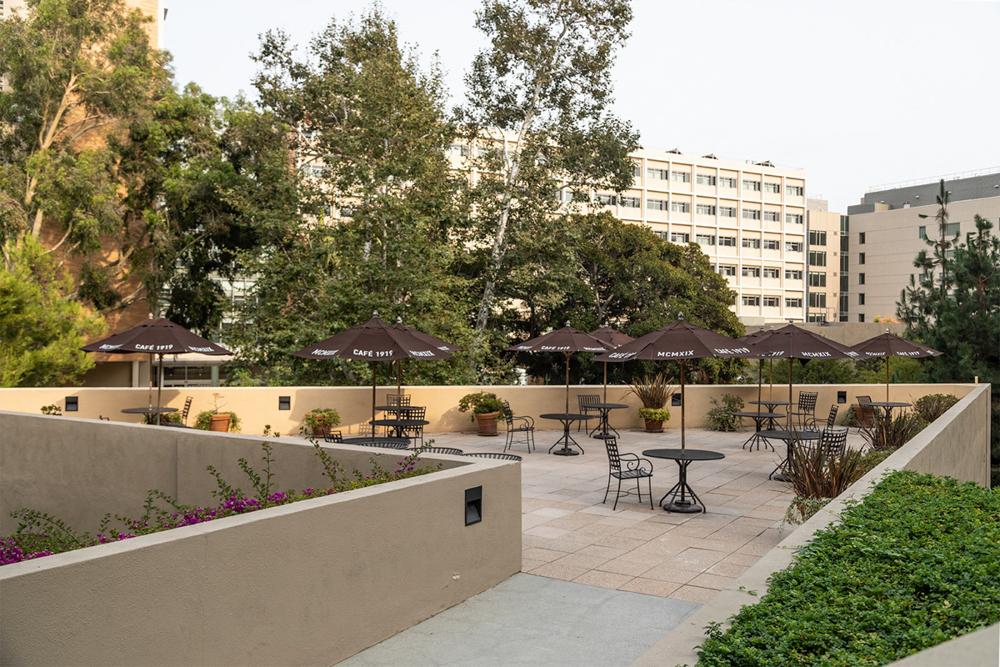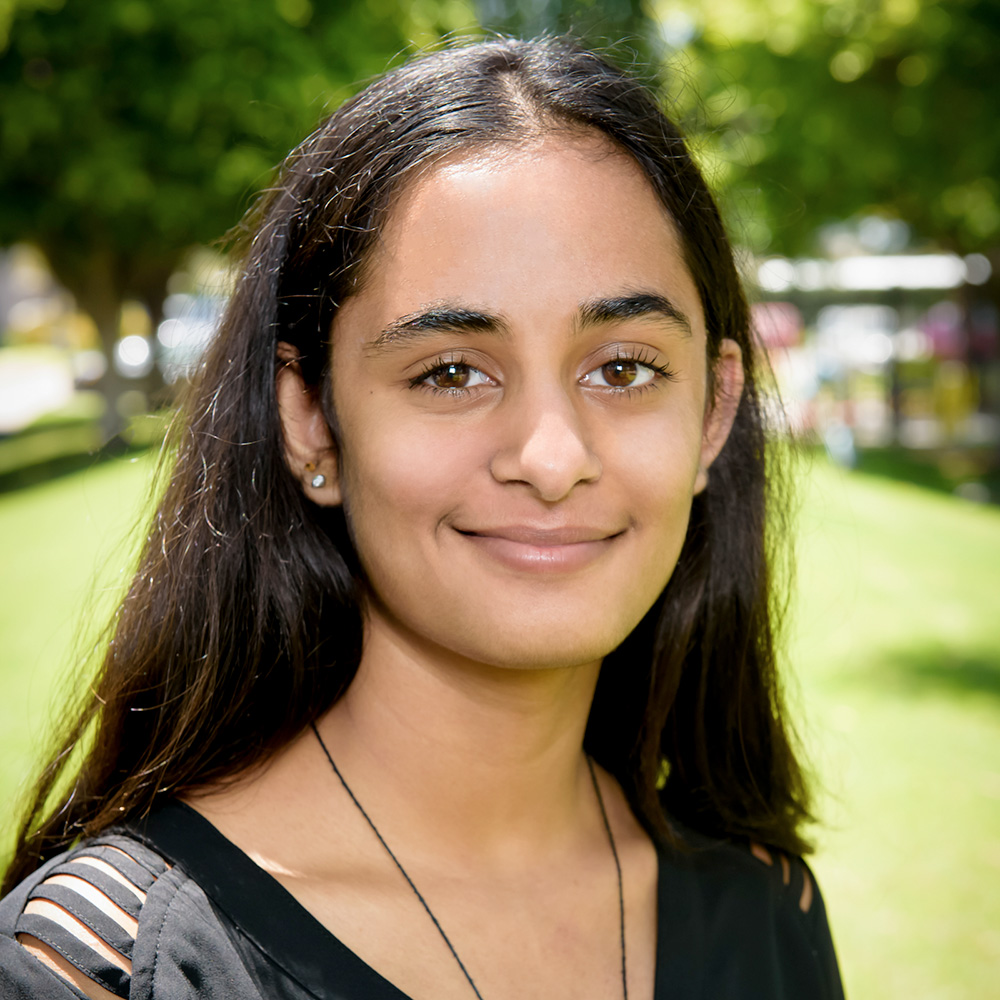UCLA prepares to welcome students, taking cues from other university reopenings

As UCLA prepares to start instruction Oct. 1, campus shutdowns at other universities across the nation may provide a model for UCLA and its reopening plans. (Justin Jung/Daily Bruin senior staff)
Campus shutdowns at universities nationwide may provide a model for UCLA’s reopening plan in the fall.
As early as June 15, UCLA planned to offer 15% to 20% of courses in person or through a hybrid learning model. However, UCLA reduced the number of in-person offerings in August and will now teach nearly all classes remotely. UCLA will also require students and staff to fill out a daily symptom check before they come to campus.
At some universities that hosted in-person courses, COVID-19 outbreaks led them to revert to remote instruction.
The University of North Carolina at Chapel Hill shut down in-person instruction for undergraduate students one week after the school started fall classes; over that week, the COVID-19 positivity rate at the school rose from 2.8% to 13.6%, according to a UNC-Chapel Hill press release.
San Diego State University has reported 851 positive COVID-19 cases since the beginning of the school year. These cases are mostly concentrated in off-campus residences, according to a press release from the school, and the school has temporarily shifted all of its in-person courses to remote learning effective Sept. 3.
A transition from in-person to remote learning led to technological difficulties at the University of Notre Dame, said Patrick Gibbons, the executive director of academic communications at Notre Dame, in an emailed statement.
Notre Dame initially planned to offer in-person instruction, but a surge in COVID-19 cases caused the school to switch to remote instruction for a short period. Providing adequate internet connection and laptops for students made the transition difficult, Gibbons added. The school went back to offering in-person courses at a reduced capacity Sept. 2.
There is never a universal solution for public health problems, said Roshan Bastani, a public health professor at UCLA.
“A one-size-fits-all (approach) is not the way public health works,” she said. “You really have to assess the specific situation.”
Bastani added it may be difficult to control the activities of students who live off-campus because the administration doesn’t have as much oversight over those areas. The best approach, Bastani said, is to understand why students may not adhere to social distancing regulations and for administration to remain flexible.
Six other UC campuses besides UCLA have yet to start their fall terms, but all plan to begin the term in a mostly remote learning environment.
UC Berkeley and UC Merced were the first two UC campuses to start instruction for the fall term Aug. 26.
UCM is working with its county public health department to reevaluate its fall quarter plans four weeks after reopening, said Charles Nies, vice chancellor for student affairs at UCM. After the four weeks, they will open up about 5% of classes that need to be taught in person, such as studio and lab classes, Nies added.
Nies said offering classes mostly remotely has been different than normal. Trying to continue to celebrate campus traditions and not being able to talk to students across campus has been strange, Nies added.
The California State University system also announced Sept. 10 that it plans to host its spring 2021 academic term by operating mostly online.
There are 270 confirmed COVID-19 cases among the UCLA community, as of publication, according to the UCLA COVID-19 tracker.
Although online learning is difficult, UCLA made the right decision to reduce on-campus activity, Bastani said.
“(Considering) all the ways that this could go wrong and the sheer number of students we have at UCLA, (an outbreak) could be a disaster,” Bastani said. “So they pulled it back, and I think that’s the right thing to do, to remain flexible one way or another.”


